Home>Gardening & Outdoor>Pool & Spa Care>How Much Electricity Does A Hot Tub Use In A Month
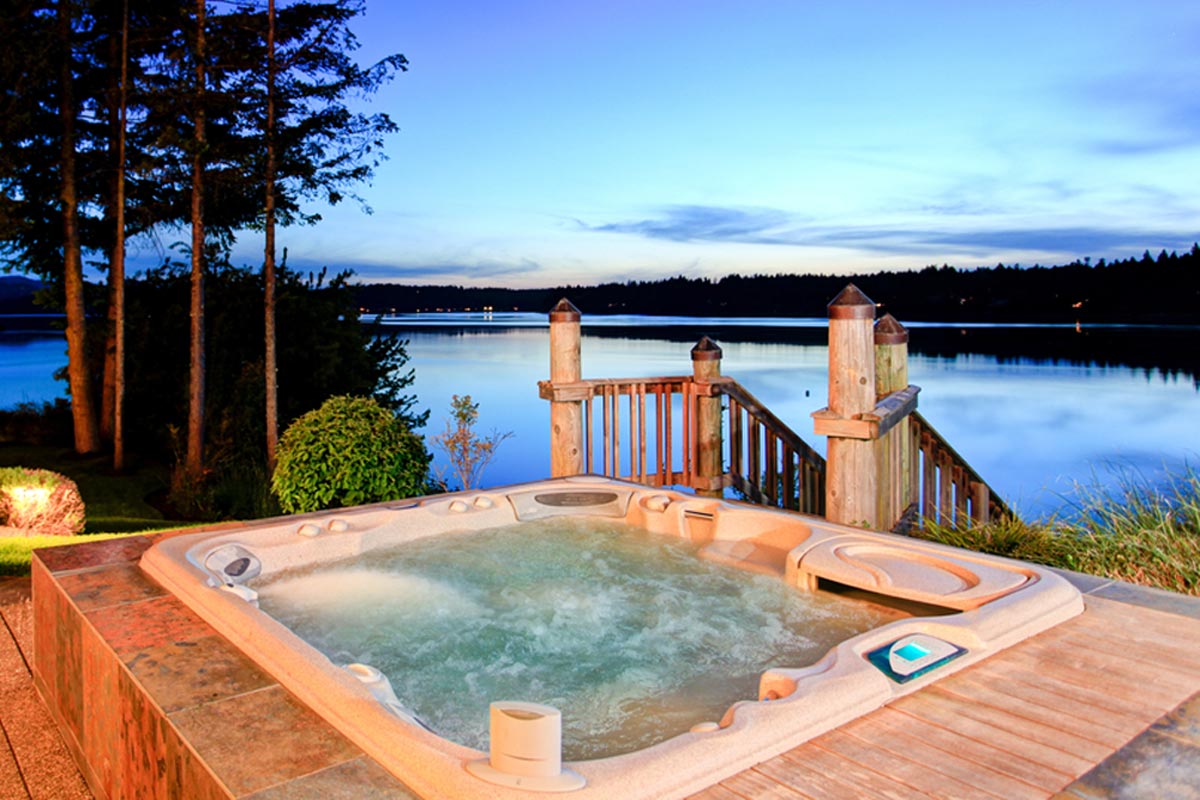

Pool & Spa Care
How Much Electricity Does A Hot Tub Use In A Month
Modified: October 21, 2024
Learn about the electricity consumption of hot tubs and how to manage it efficiently with our expert tips on pool and spa care. Save energy and money!
(Many of the links in this article redirect to a specific reviewed product. Your purchase of these products through affiliate links helps to generate commission for Storables.com, at no extra cost. Learn more)
Introduction
Owning a hot tub is a luxurious and relaxing addition to any home, providing a perfect way to unwind after a long day or entertain guests. However, as with any home appliance, it's essential to understand the energy consumption associated with hot tubs. One common question that arises among hot tub owners is, "How much electricity does a hot tub use in a month?"
In this comprehensive guide, we'll delve into the factors that influence hot tub energy consumption, explore methods for calculating electricity usage, and provide practical tips for reducing energy consumption without compromising on the enjoyment and comfort that a hot tub offers. Whether you're a new hot tub owner or looking to optimize the energy efficiency of your existing hot tub, this article will equip you with the knowledge to make informed decisions and manage your hot tub's electricity usage effectively. Let's dive in and unravel the mysteries of hot tub energy consumption!
Key Takeaways:
- Hot tub energy usage is influenced by factors like temperature settings, cover quality, and usage frequency. Understanding these factors helps manage electricity costs and environmental impact while enjoying the hot tub experience.
- To reduce hot tub electricity usage, consider optimizing temperature settings, investing in a high-quality cover, and utilizing energy-efficient models. Mindful usage habits and regular maintenance also contribute to cost savings and sustainability.
Understanding Hot Tub Energy Consumption
Hot tubs are designed to maintain a constant temperature, typically between 100°F and 104°F (37.8°C and 40°C). This requires a consistent supply of energy to heat the water and power the various components, such as pumps, jets, and lights. The energy consumption of a hot tub is primarily determined by the heating system and the usage patterns of the owner.
The heating element in a hot tub, often powered by electricity or gas, is responsible for maintaining the water temperature. Electric hot tubs utilize heating elements that convert electrical energy into heat, while gas-powered hot tubs rely on combustion to generate warmth. The energy efficiency of the heating system, insulation, and cover significantly impacts the overall electricity consumption.
Furthermore, the frequency and duration of hot tub usage play a crucial role in energy consumption. Regular use, especially during colder months, will require more energy to maintain the desired temperature. Additionally, the use of features such as jets and lights contributes to the overall electricity usage.
Understanding the energy consumption patterns of your hot tub is essential for managing operating costs and minimizing environmental impact. By grasping the key factors that influence energy usage, hot tub owners can make informed decisions to optimize efficiency without sacrificing the comfort and enjoyment that a hot tub provides.
Factors Affecting Hot Tub Electricity Usage
Several factors influence the electricity usage of a hot tub, ranging from its design and features to the habits of the users. Understanding these factors is crucial for managing energy consumption effectively.
- Heating System Efficiency: The efficiency of the hot tub’s heating system significantly impacts its electricity usage. Modern, well-insulated hot tubs with energy-efficient heating elements require less energy to maintain the water temperature.
- Temperature Settings: The temperature at which the hot tub is maintained directly affects energy consumption. Higher temperatures require more energy to sustain, especially in colder climates.
- Hot Tub Cover: A high-quality, well-fitted cover helps retain heat, reducing the frequency of heating cycles and minimizing energy consumption.
- Usage Frequency: The frequency and duration of hot tub usage play a significant role in electricity usage. Regular, prolonged use will result in higher energy consumption.
- Additional Features: Utilizing features such as jets, lights, and waterfalls increases electricity usage. Being mindful of the usage of these features can help manage energy consumption.
- Climate: The ambient temperature and weather conditions in the hot tub’s location influence energy usage. Hot tubs in colder climates require more energy to maintain the desired temperature.
By considering these factors, hot tub owners can make informed decisions to minimize electricity usage while maintaining an optimal hot tub experience. Whether through investing in energy-efficient models, adopting smart usage habits, or leveraging technology to monitor and control energy consumption, understanding these factors empowers hot tub owners to manage their operating costs effectively.
Consider using a hot tub cover when not in use to reduce heat loss and energy consumption. Regular maintenance and proper insulation can also help minimize electricity usage.
Calculating Hot Tub Energy Consumption
Estimating the energy consumption of a hot tub involves considering various factors and understanding the formulas used for calculation. While the specific energy usage can vary based on individual circumstances, the following steps provide a general approach to calculating hot tub electricity consumption:
- Determine the Power Rating: Begin by identifying the power rating of the hot tub’s heating system. This is typically measured in kilowatts (kW) for electric hot tubs or British Thermal Units (BTUs) for gas-powered models.
- Assess Usage Patterns: Understand the typical usage patterns, including the frequency and duration of hot tub sessions, as well as the use of additional features such as jets and lights.
- Calculate Heating Time: Determine the average daily heating time required to maintain the desired water temperature. This can be influenced by factors such as outdoor temperature and the hot tub’s insulation.
- Apply the Formula: The formula for calculating energy consumption is:
Energy Consumption (kWh) = Power Rating (kW) x Heating Time (hours) x 30 (days)
By utilizing this formula and considering the specific power rating and usage patterns, hot tub owners can estimate the monthly energy consumption. This calculation provides valuable insights into the electricity usage associated with the hot tub, enabling informed decisions regarding energy management and cost control.
It’s important to note that variations in usage, weather conditions, and hot tub efficiency can impact the accuracy of these calculations. However, this approach serves as a practical starting point for understanding and estimating hot tub energy consumption.
Tips for Reducing Hot Tub Electricity Usage
Managing hot tub electricity usage effectively not only contributes to cost savings but also promotes energy efficiency and environmental responsibility. Implementing the following tips can help reduce electricity consumption without compromising the comfort and enjoyment of your hot tub:
- Optimize Temperature Settings: Lowering the hot tub temperature by a few degrees can significantly reduce energy consumption without sacrificing comfort. Consider adjusting the temperature during periods of infrequent use.
- Invest in a High-Quality Cover: A well-insulated, properly fitted cover minimizes heat loss and reduces the frequency of heating cycles, leading to energy savings over time.
- Utilize Energy-Efficient Models: When purchasing a new hot tub or upgrading an existing one, opt for energy-efficient models with advanced insulation and heating systems to minimize electricity usage.
- Monitor and Control Usage: Implementing timers or smart control systems can regulate the hot tub’s operation, ensuring that it operates efficiently and is only heated when necessary.
- Minimize Feature Usage: While features such as jets and lights enhance the hot tub experience, using them judiciously can help reduce electricity consumption. Consider enjoying the hot tub without activating these features regularly.
- Maintain Proper Water Chemistry: Keeping the water chemistry balanced and clean can optimize the performance of the hot tub’s components, ensuring that they operate efficiently and minimize energy waste.
- Regular Maintenance: Conducting routine maintenance, including inspecting seals, cleaning filters, and servicing the heating system, can enhance the hot tub’s efficiency and reduce energy usage.
By incorporating these tips into your hot tub maintenance and usage practices, you can effectively manage electricity consumption while prolonging the lifespan of your hot tub and enjoying a sustainable, energy-efficient relaxation experience.
Read more: How Much Energy Does A Hot Tub Use
Conclusion
Understanding the energy consumption of a hot tub is essential for responsible ownership and effective cost management. By delving into the factors that influence electricity usage, calculating energy consumption, and implementing practical tips for reducing usage, hot tub owners can optimize their hot tub experience while minimizing environmental impact and operating costs.
Whether it’s investing in energy-efficient models, maintaining proper water chemistry, or leveraging technology to monitor and control usage, there are various avenues to manage hot tub electricity consumption. By adopting a mindful approach to energy efficiency, hot tub owners can strike a balance between comfort, enjoyment, and sustainability.
As the allure of hot tub relaxation continues to captivate homeowners, integrating energy-saving practices into hot tub ownership becomes increasingly important. By embracing these practices, hot tub owners can revel in the soothing benefits of their hot tub while contributing to a more sustainable and energy-conscious lifestyle.
With a blend of informed decision-making, smart usage habits, and the adoption of energy-efficient technologies, hot tub owners can navigate the realm of energy consumption with confidence, ensuring that their relaxation oasis remains a source of comfort and joy for years to come.
Frequently Asked Questions about How Much Electricity Does A Hot Tub Use In A Month
Was this page helpful?
At Storables.com, we guarantee accurate and reliable information. Our content, validated by Expert Board Contributors, is crafted following stringent Editorial Policies. We're committed to providing you with well-researched, expert-backed insights for all your informational needs.
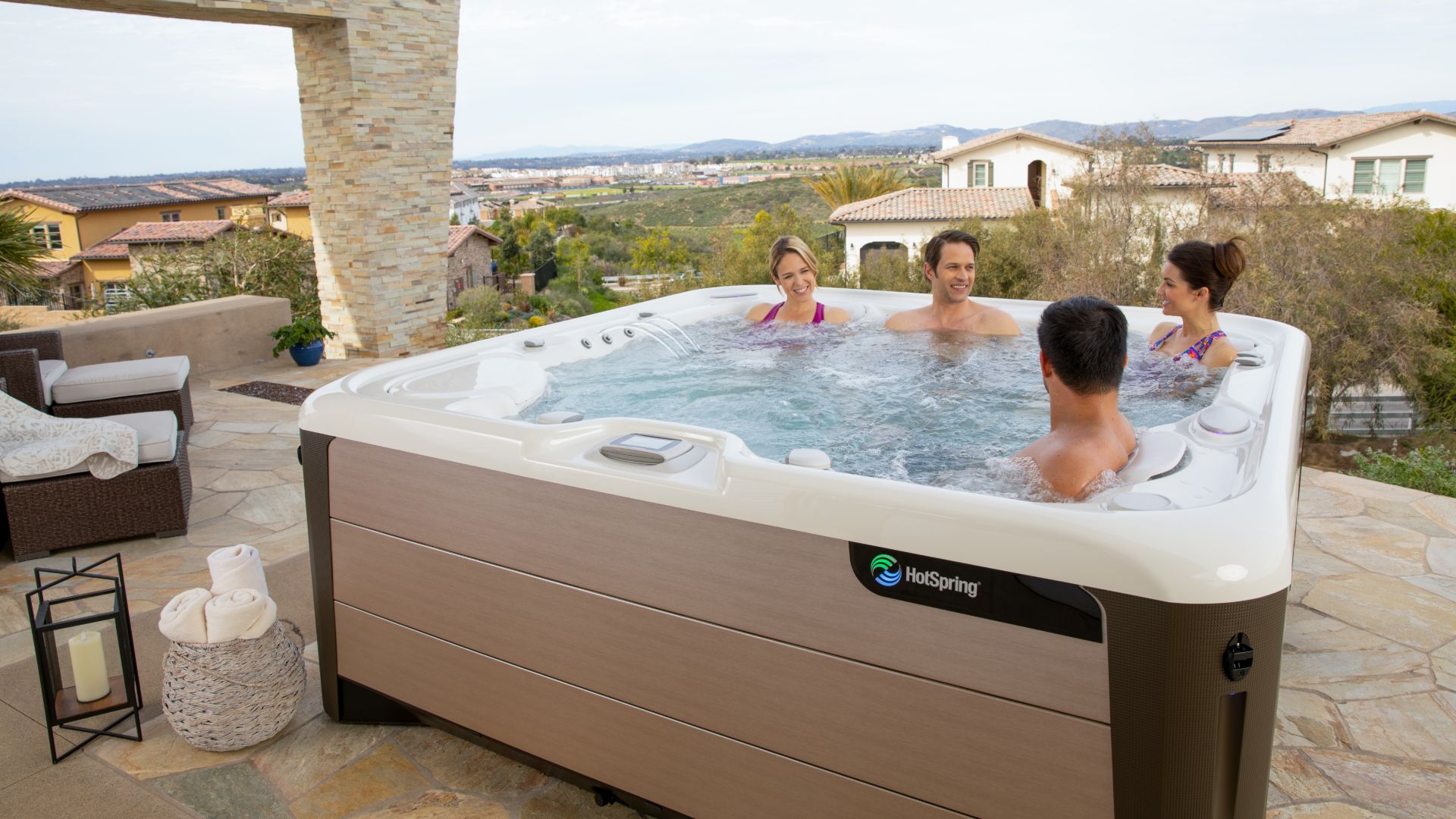
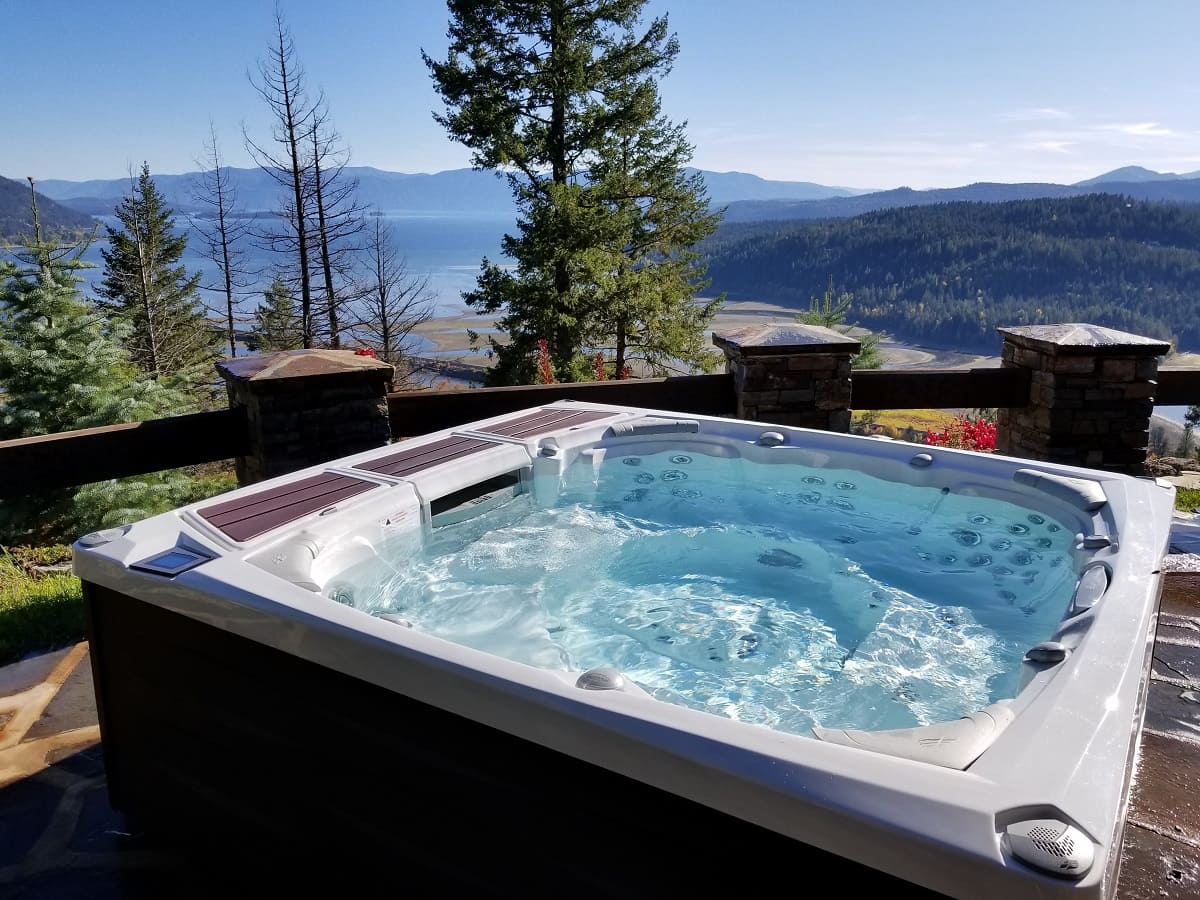
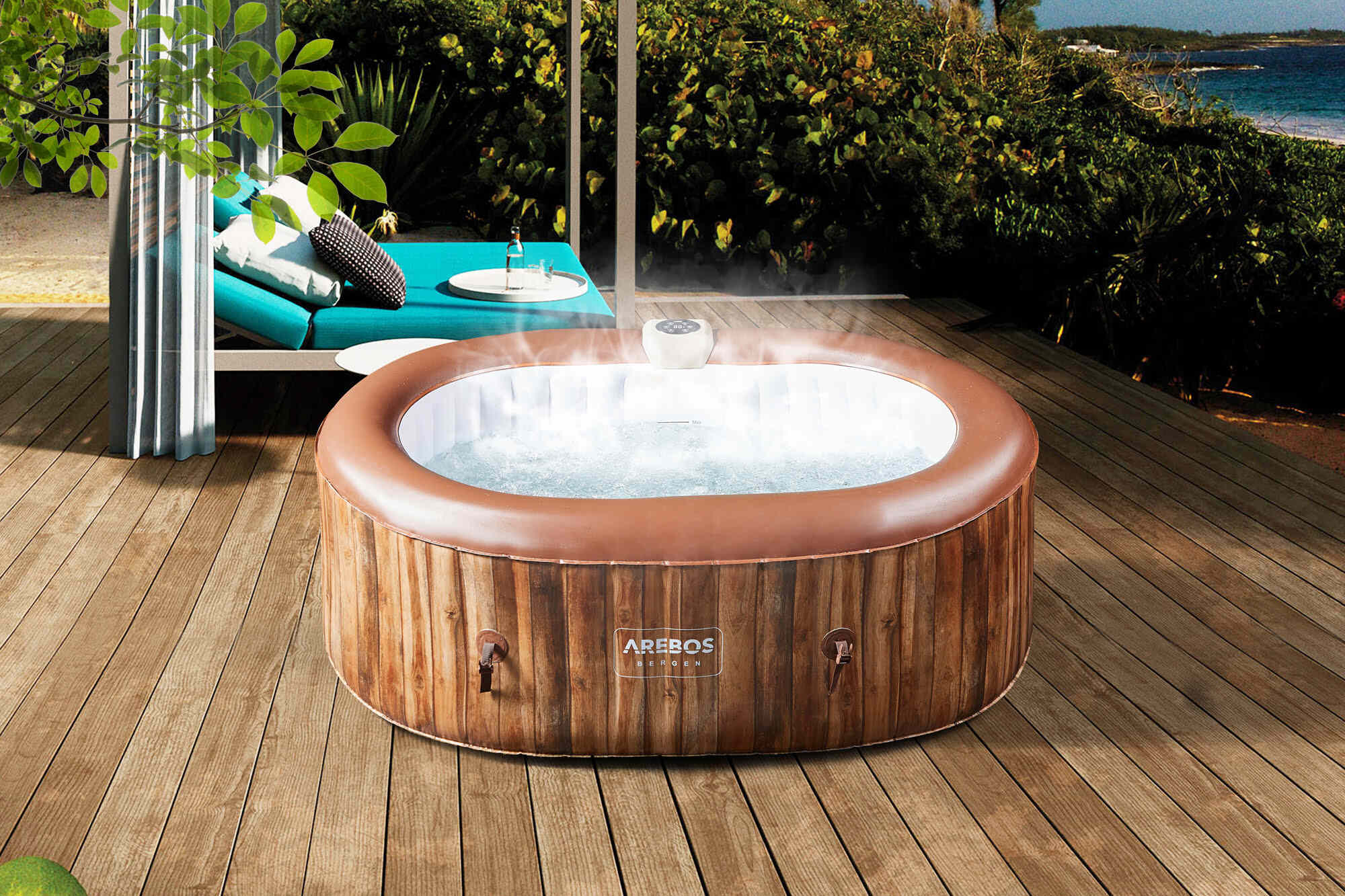
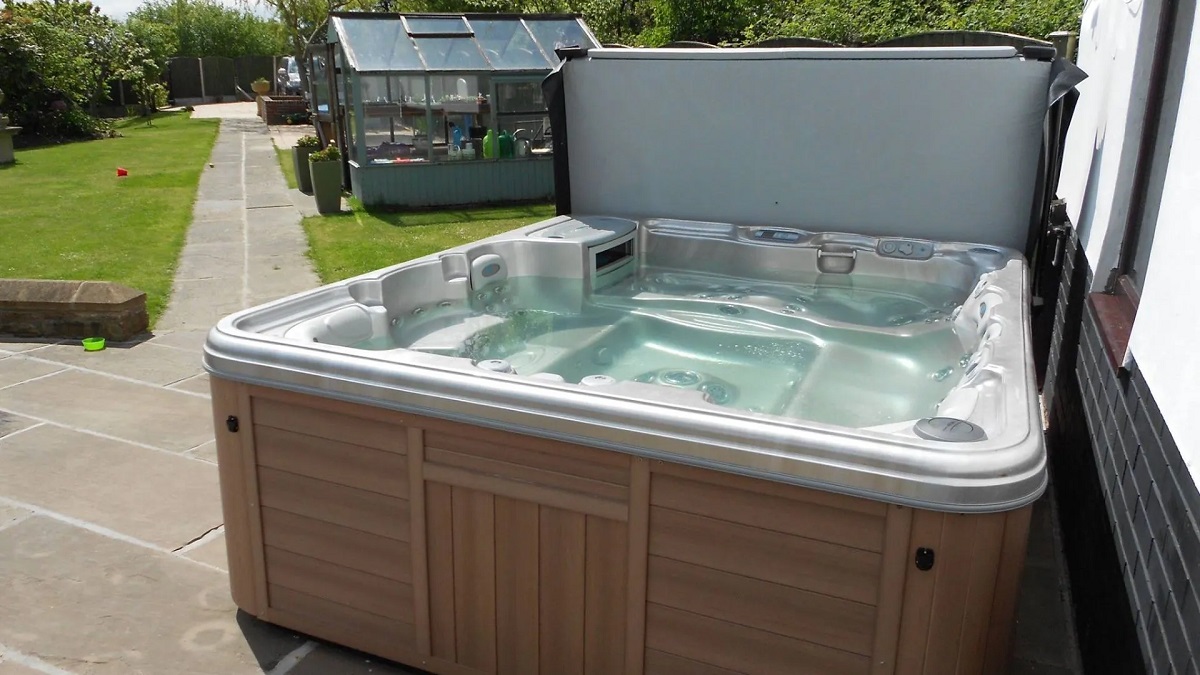
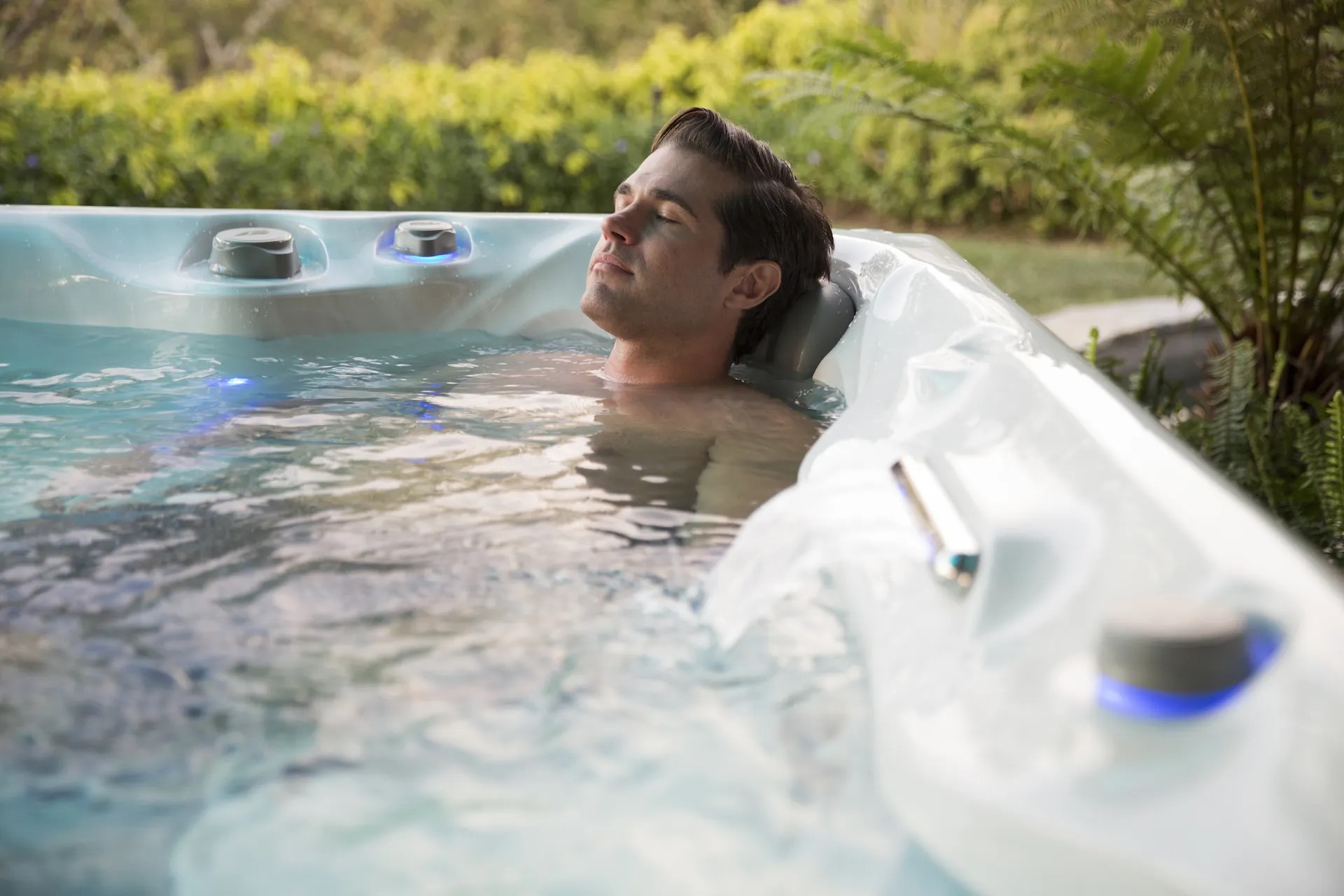
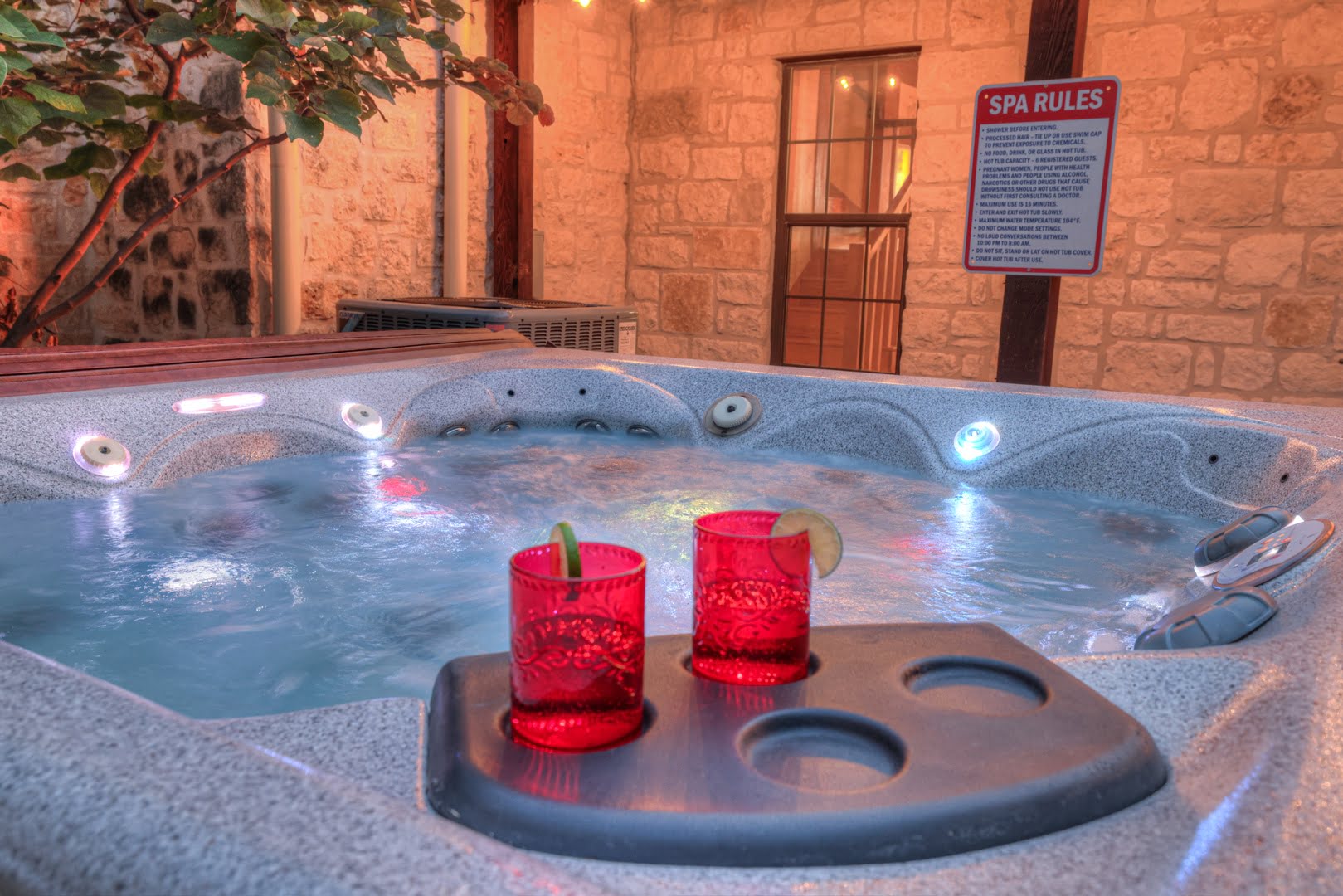
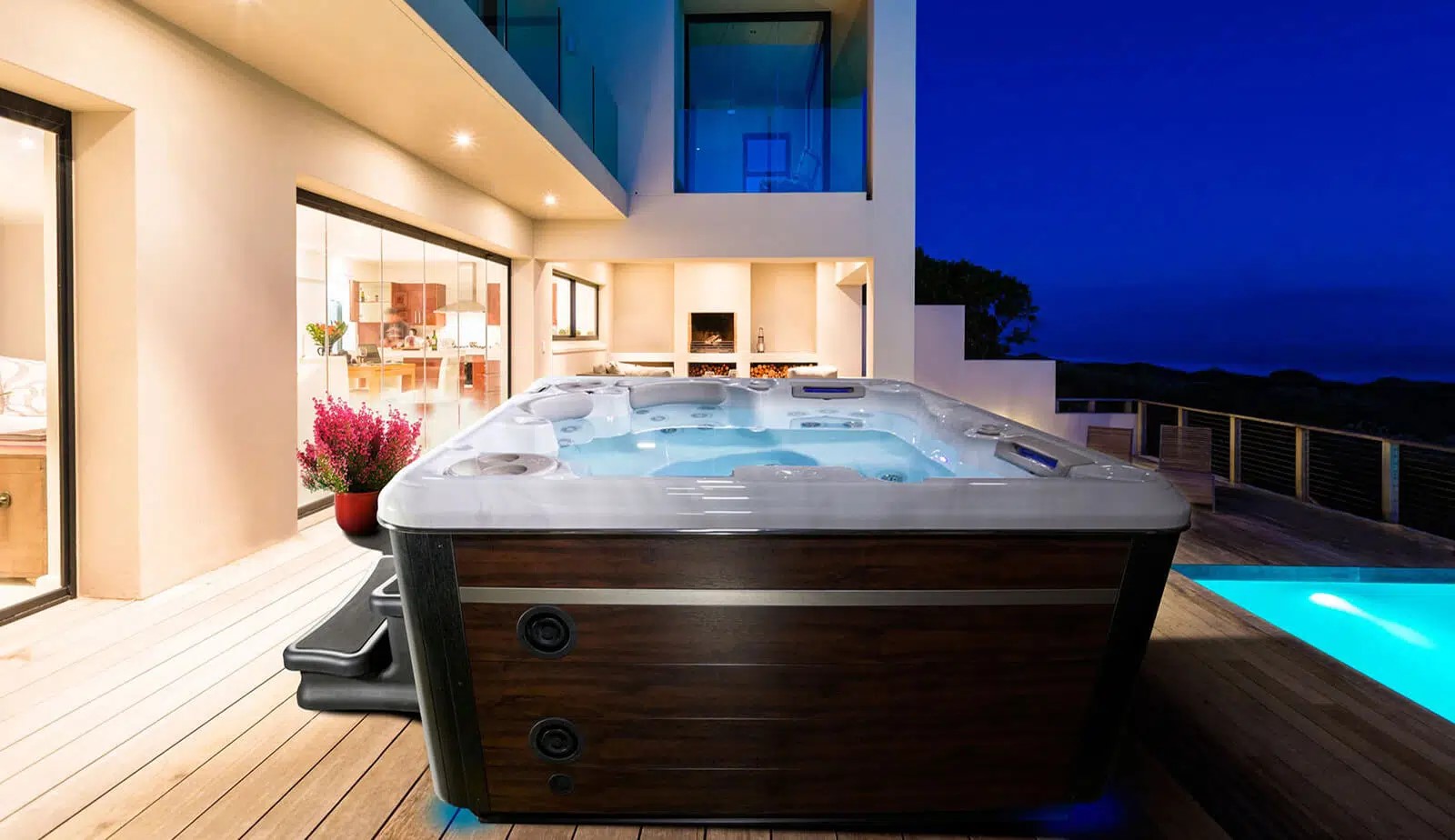
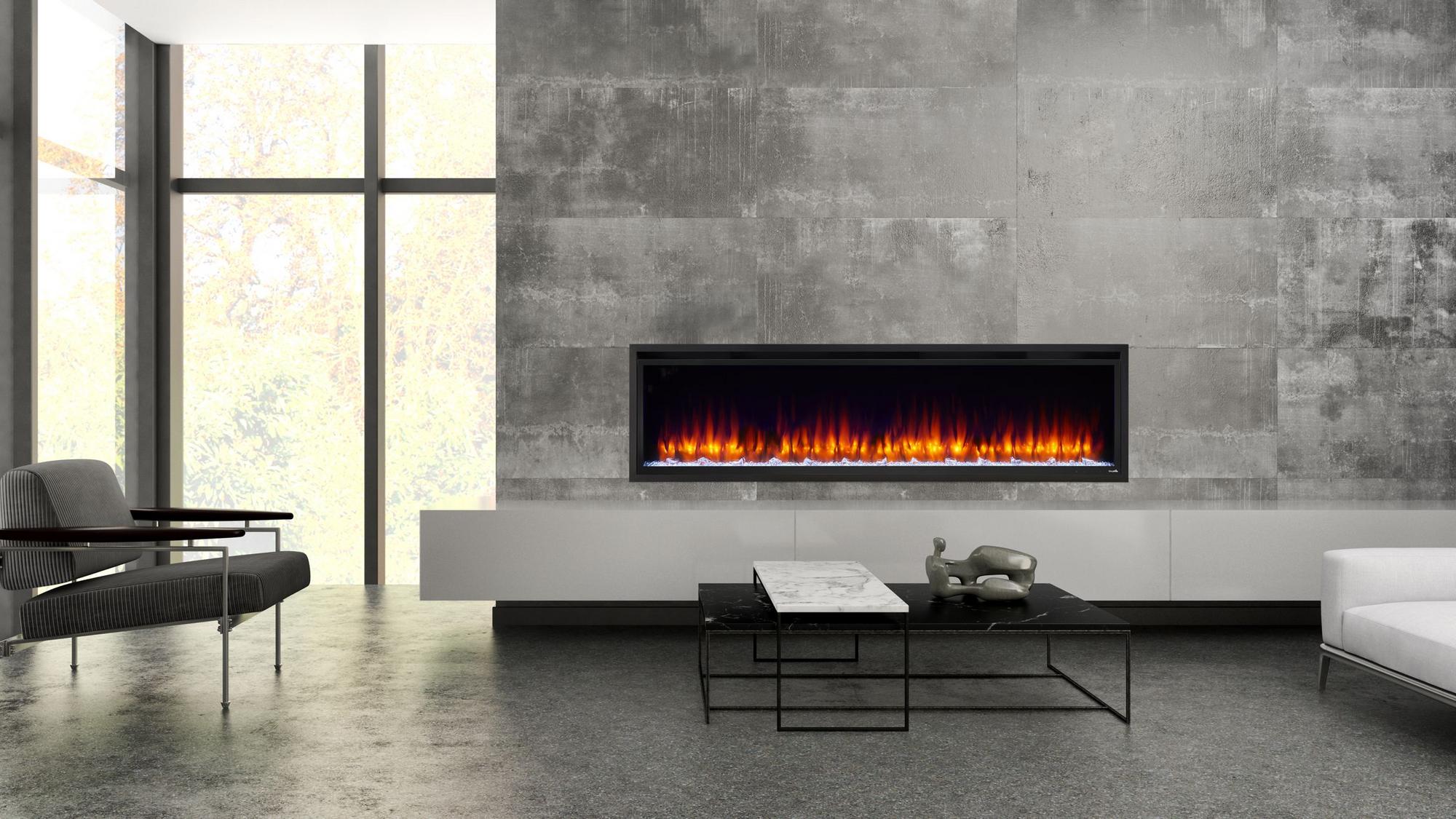
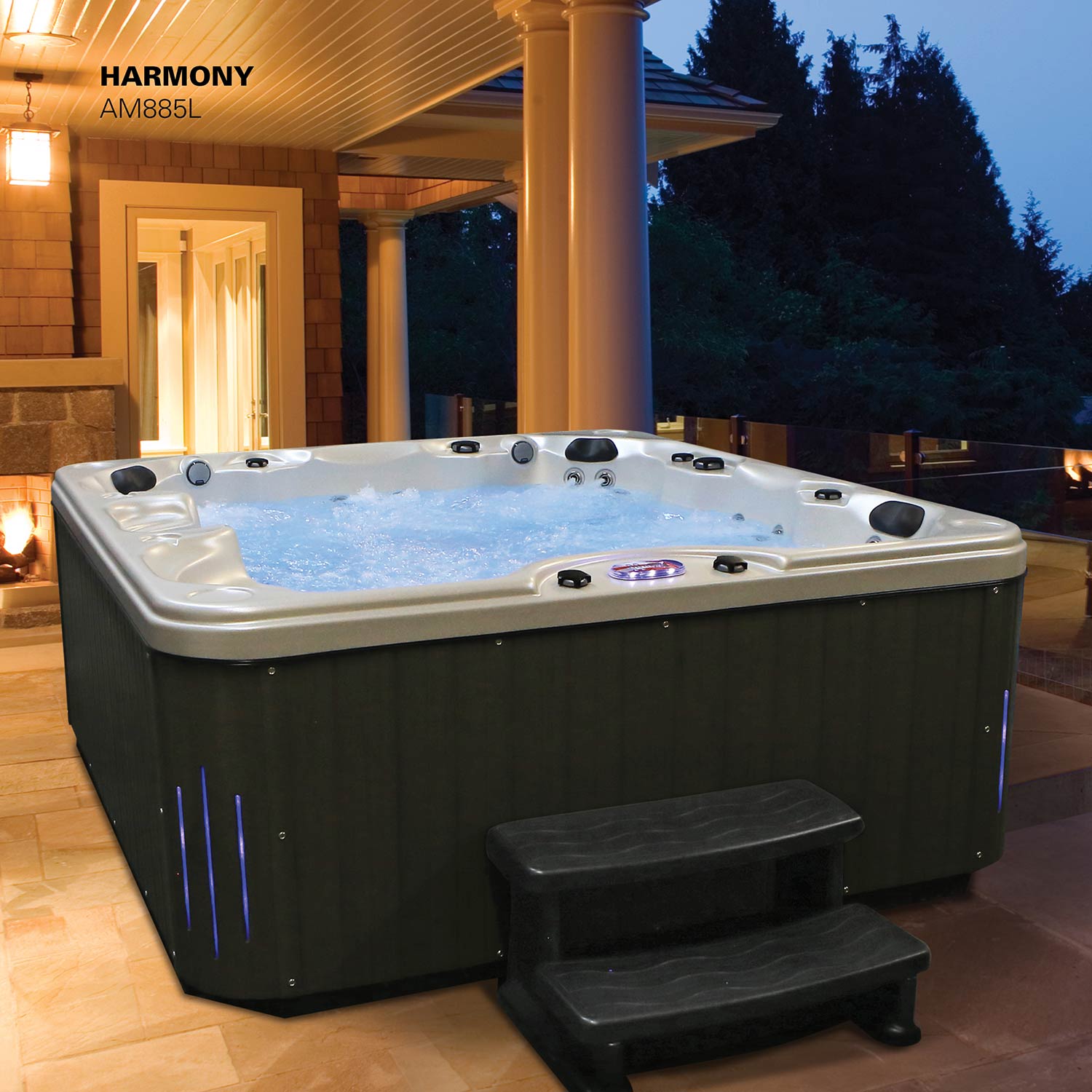
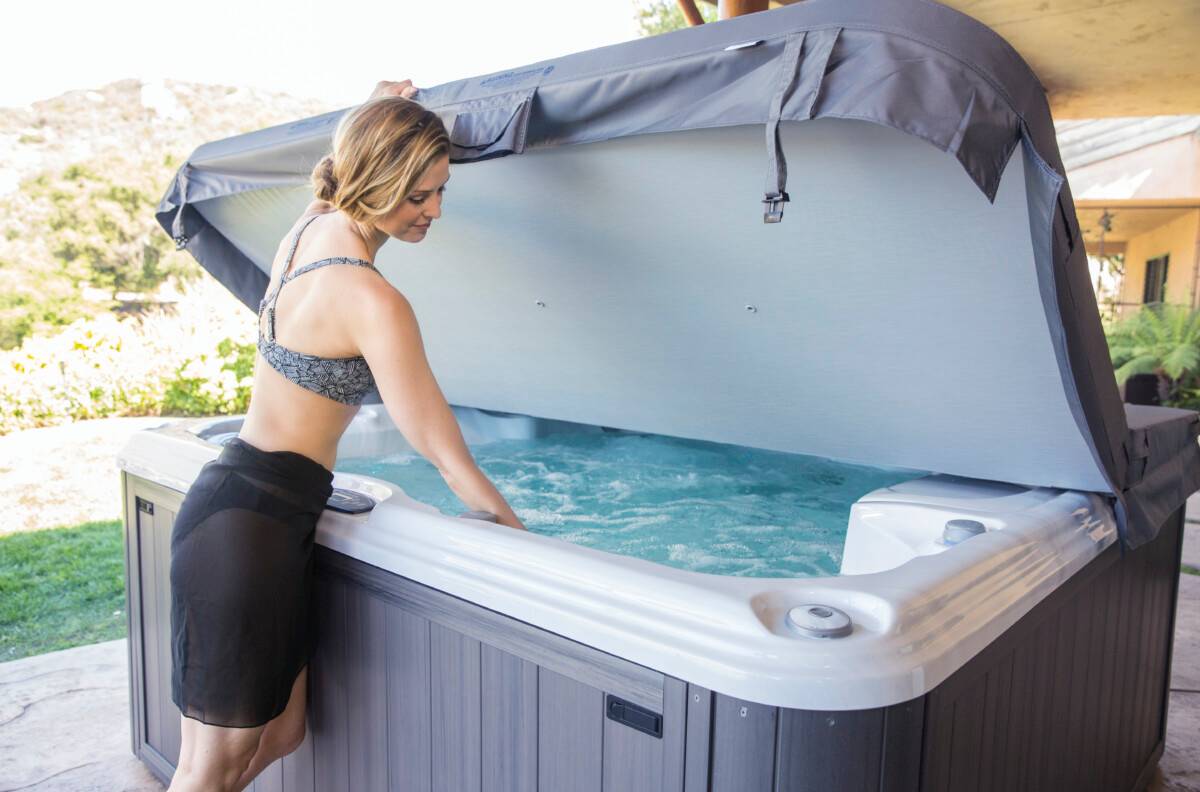
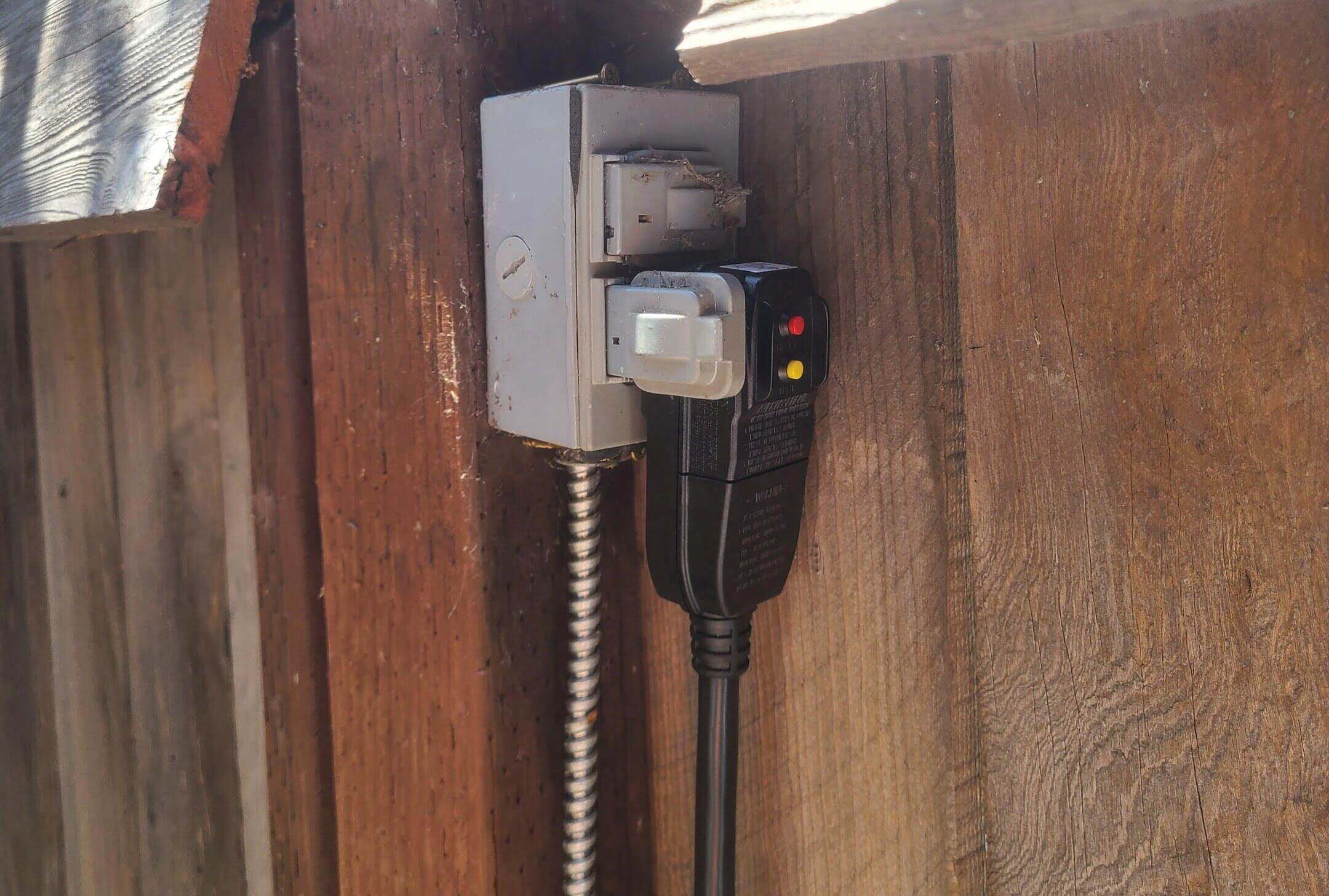
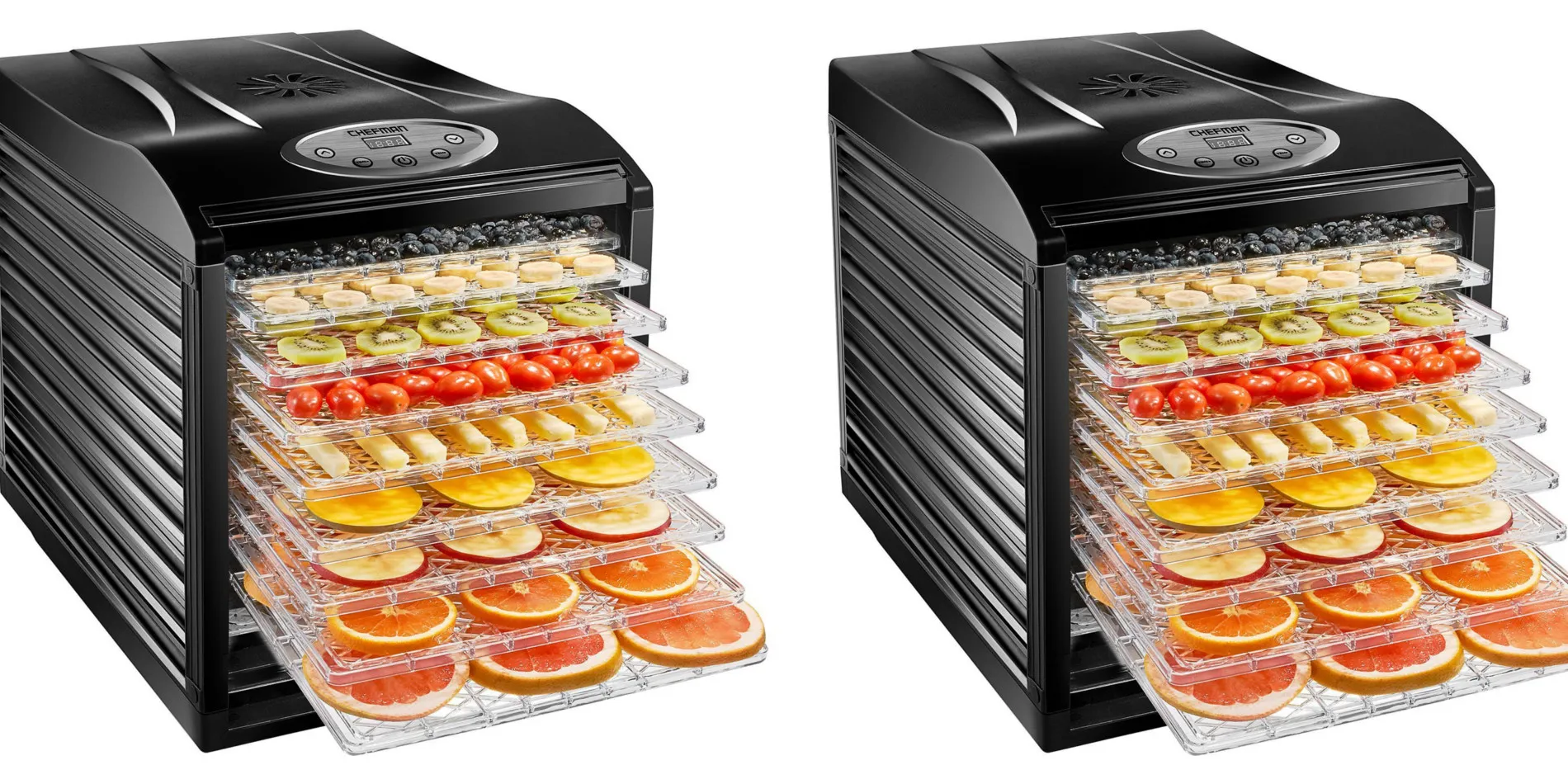
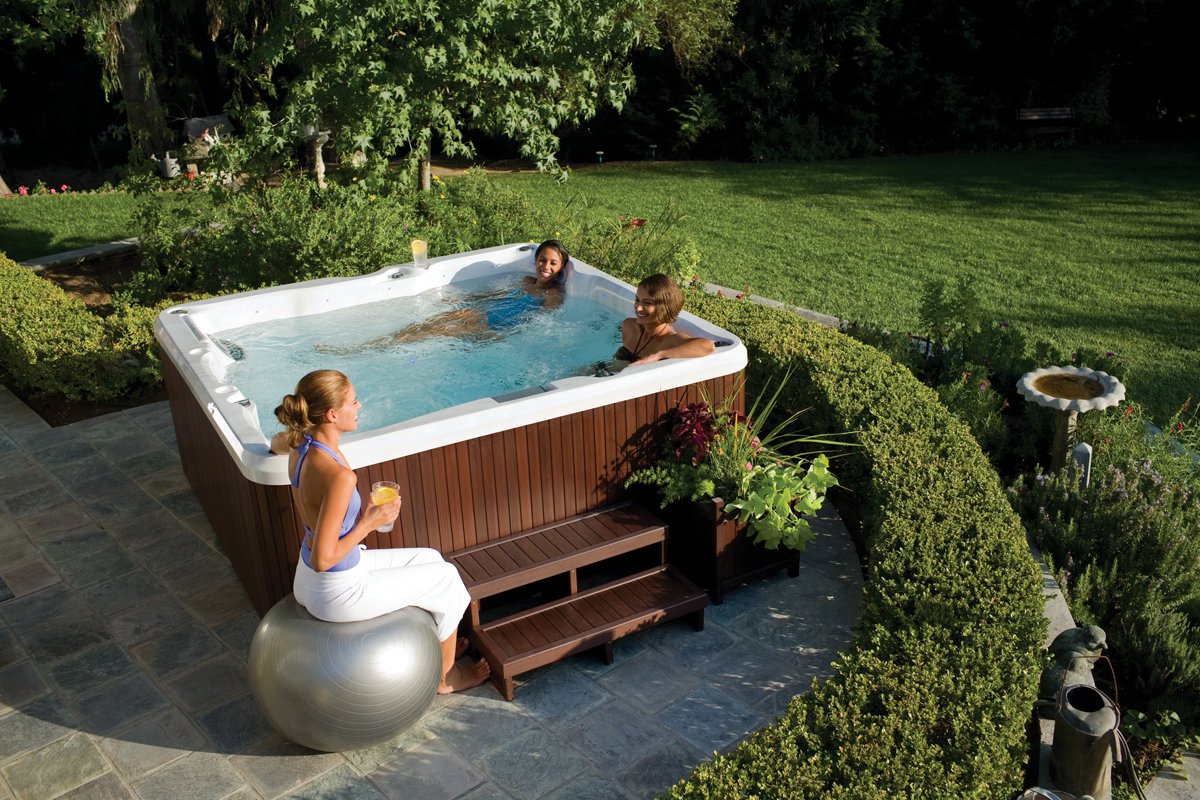
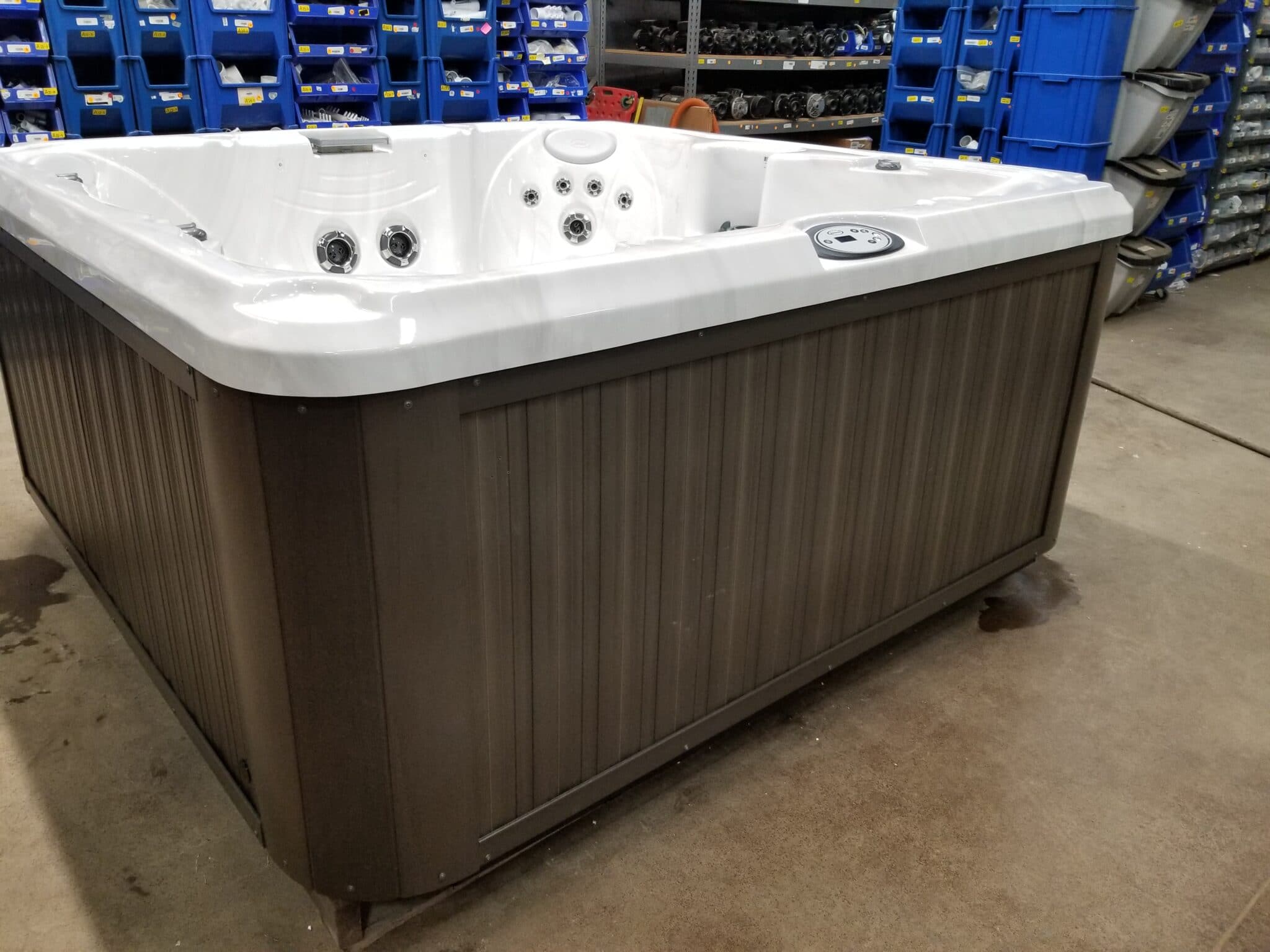

0 thoughts on “How Much Electricity Does A Hot Tub Use In A Month”